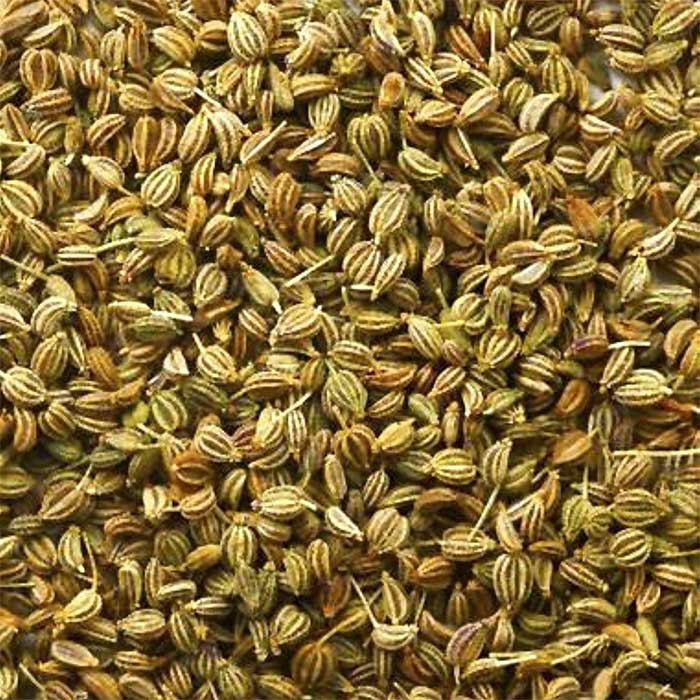Salt Namak : Salt, a mineral composed mainly of sodium chloride (NaCl), serves as a fundamental seasoning and preservative in culinary applications. Its ubiquitous presence in food preparation enhances flavor profiles and extends shelf life, making it an indispensable ingredient in kitchens worldwide. In addition to enhancing the flavor of food, salt plays several important roles in the body:
Electrolyte balance: Salt helps maintain the electrolyte balance in the body, which is crucial for proper nerve
and muscle function, as well as for maintaining fluid balance.
Hydration: Salt plays a role in maintaining hydration levels in the body. It helps the body retain water, which is important for various bodily functions.
check our recipes : Pav Bhaji | Aloo Gobi | Mawa Burfi | Aloo Chat
Nutrient absorption: Salt is necessary for the absorption of certain nutrients, such as chloride, which is important for digestion.
Nerve function: Sodium, one of the components of salt, is essential for nerve function and transmission of nerve impulses.
Although salt plays a crucial role in maintaining health, it’s crucial to use it sparingly. Excessive salt consumption contributes to health complications like high blood pressure. For most adults, health experts advise limiting sodium intake to no more than 2,300 milligrams per day, roughly equivalent to one teaspoon.
There are several types of salt available, each with its own unique characteristics and uses. Here are some common types of salt:
Table Salt: This type of salt common in households. This type of Salt is finely ground and typically contains additives such as anti-caking agents to prevent clumping. People primarily use table salt for cooking and seasoning.
Kosher Salt: Kosher salt has a larger grain size compared to table salt and does not contain additives like iodine.
This salt is commonly used in kosher cooking and is favored by chefs for its texture and ability to adhere to food surfaces.
Sea Salt: Sea salt is produced by evaporating seawater. It comes in various grain sizes and may contain minerals that give it a distinct flavor. Chefs use sea salt in cooking, baking, and as a finishing salt for its unique taste and texture.
check our recipes : Pav Bhaji | Aloo Gobi | Mawa Burfi | Aloo Chat
Himalayan Pink Salt: This salt, mined from ancient salt deposits in the Himalayan region, gains its pink hue
from trace minerals like iron oxide. People use Himalayan pink salt both in cooking and as a decorative element for its appearance and perceived health benefits.
Flake Salt: Flake salt has thin, flat crystals and a delicate texture. It is often used as a finishing salt to add a crunchy texture and burst of flavor to dishes. Flake salt is commonly used in gourmet cooking and baking.
Smoked Salt: Producers infuse salt with smoke flavor using various methods, such as smoking it over wood
chips which adds rich, smoky flavor to dishes.
Pickling Salt: Pickling salt is a pure salt without any additives like iodine or anti-caking agents specifically
for pickling and preserving foods because it dissolves easily and does not cloud pickling brine.
These are just a few examples of the many types of salt available, each offering unique flavors,
textures, and uses in cooking and food preparation.
Sal t – Namak – नमक
Salt Namak : नमक, जीवन में महत्वपूर्ण एक उपयोगिता और स्वाद का तत्व है। यह खाने में स्वाद बढ़ाने के साथ-साथ खाद्य को बचाने और रखने में भी मदद करता है। नमक खाद्य को अधिक स्वादिष्ट बनाने के लिए प्रयोग किया जाता है, लेकिन उसके साथ-साथ यह विटामिन और खनिजों का एक महत्वपूर्ण स्रोत भी होता है। इसके बिना जीवन की रस्साद में कुछ खोखलापन लगता है।
Salt Namak : नमक की महत्वता कई तरह की होती है:
- खाने की स्वादिष्टता: नमक खाद्य को स्वादिष्ट बनाने में मदद करता है। यह खाने का स्वाद बढ़ाता है और खाने को रुचिकर बनाता है।
- खाद्य के रखरखाव: नमक खाद्य को रखरखाव करने में मदद करता है। यह खाद्य को सटीक रूप से बचाने और उसकी उत्तम स्थिति में रखने में मदद करता है।
- ऊर्जा संतुलन: नमक शारीर के ऊर्जा संतुलन को बनाए रखने में मदद करता है। यह खनिजों को बनाए रखता है और ऊर्जा स्तर को बनाए रखता है।
- न्यूट्रलाइज़ करना: नमक कई केमिकल प्रक्रियाओं में उपयोग होता है, जैसे कि जलोदर्मण, धातु शोधन, और आदि। यह विभिन्न प्रकार की रसायनिक प्रक्रियाओं में न्यूट्रलाइज़ करने में मदद करता है।
- शारीरिक स्वास्थ्य: नमक शारीरिक स्वास्थ्य के लिए आवश्यक होता है। यह रक्तचालन को संतुलित रखता है, मांसपेशियों को सही तरीके से कार्य करने में मदद करता है, और न्यूरोनल कार्यक्षमता को बनाए रखता है।
इन सभी कारणों से, नमक को हमारे दैनिक जीवन में एक महत्वपूर्ण उपयोगिता माना जाता है। इसके अतिरिक्त, समझदारी से उपभोग किया गया नमक हमारे स्वास्थ्य के लिए फायदेमंद हो सकता है।
check our recipes : Pav Bhaji | Aloo Gobi | Mawa Burfi | Aloo Chat
नमक कई तरह का होता है, जो निम्नलिखित रूपों में हो सकता है:
- सामान्य नमक (खाद्य नमक): यह सबसे आम रूप से प्रयोग किया जाने वाला नमक है, जो खाद्य को स्वादिष्ट बनाने के लिए उपयोग किया जाता है।
- इयोडाइज़्ड नमक: इसमें इयोडाइन जोड़ा जाता है, जो इयोडीन की कमी को दूर करने में मदद करता है। यह उत्तम थायरॉइड स्वास्थ्य के लिए महत्वपूर्ण है।
- स्वाद युक्त नमक: यह विभिन्न स्वादों के साथ आता है, जैसे कि लहसुन, अजवाइन, लाल मिर्च, और धनिया।
- हिंडी नमक (काला नमक): इसमें सलाइट की जगह सल्ट्राइट्स होता है, जिसके कारण इसका रंग काला होता है।
यह विशेष रुप से भारतीय खाने में उपयोग किया जाता है, खासकर चाट, राइता और अन्य खास व्यंजनों में। - समुद्री नमक (हली): यह समुद्र के पानी से प्राप्त किया जाता है और उसमें मिनरल्स का अच्छा स्रोत होता है। इसका ठंडा स्वाद
और ग्रेवी के बनाने में उपयोग किया जाता है।
ये कुछ प्रमुख तरीके हैं, जिनमें नमक उपयोग किया जाता है, और वे इसके उपयोग की विविधता को दर्शाते हैं।




